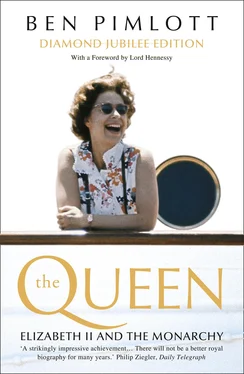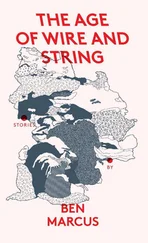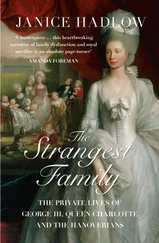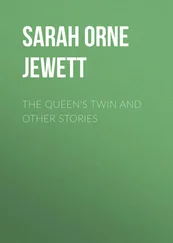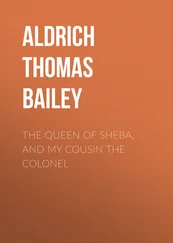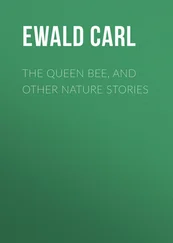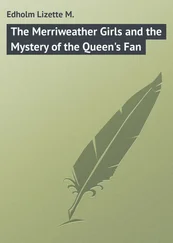He need not have worried. Though he remained much more uneasy about the Attlee governments of 1945 and 1950 than his father had been about the MacDonald ones of 1924 and 1929, there was little in reality that the Labour Cabinet wished or dared to do to discomfort him. Indeed, the new Prime Minister went out of his way to provide reassurance. At Attlee’s first audience, George VI expressed disquiet at the news that Hugh Dalton, the renegade son of George V’s old tutor Canon Dalton, might be made Foreign Secretary. The Labour premier immediately bowed to the King’s wishes, or at least allowed the Palace to think he was doing so. Ernest Bevin became Foreign Secretary, and Dalton was sent to the Treasury instead. Thereafter, Attlee treated the Sovereign with perfect correctness, and there turned out to be as little republicanism in the Labour Party after the Second World War as there had been before it. Soon, what some saw as the incongruity of a King-Emperor presiding over a social revolution – and over the granting of self-rule to the Indian sub-continent, jewel in the imperial crown – became accepted as natural and even valuable. Whereas, in the reign of George V, Buckingham Palace had stood at the pinnacle of a confident Establishment unshaken by the arrival of a Labour Government, in the late 1940s the Royal Family managed to avoid any outward appearance of discomfiture, as the Establishment took some knocks.
Indeed, George VI’s passivity arguably became even more of an asset after the war than during it. On the one hand the Royal Family could be seen as a typically British piece of camouflage, disguising and making acceptable the Government’s radicalism; on the other, its existence stood as a guarantee that pragmatic caution would prevail, and radicalism kept within bounds. Thus, when Labour took major industries into public ownership (but compensated owners generously) or made adjustments to the powers of the House of Lords (but only modest ones), both left and right thanked God for the Monarchy.
For Elizabeth, peace brought to an end her brief, token excursion into ATS ‘normality’. It also produced an increase in the number of her solo engagements. She was nineteen, Honorary Colonel, occasional Counsellor of State, and a performer of royal duties: cast, it was increasingly clear, in the mould of her father and grandfather, though more self-assured than George VI, and cleverer than both of them. Was there ever a moment, in her early adulthood, when she questioned what she did, or wondered, in the prevailing atmosphere of equality, and fashion for the abandoning of pomp and circumstance, whether it was worth it? If she ever indulged in such a dissident speculation, she kept her thoughts to herself. There was no visible hint of rebellion, or suggestion that her own values and those of her parents and mentors ever clashed. She was now the almost certain future Queen, who, if she did succeed, would become the third monarch of the century who had not been born to such a fate but had had it thrust upon them. As the position became clearer with the passage of time, she accepted it, knowing that the possibility of an alternative did not exist.
She did as she was told in an enclosed world where loyal and experienced advice could be taken for granted. She became used to the ritual of the royal speech, consisting of a few platitudes crafted by courtiers skilled at the job. Her itineraries just after the war reflected the priorities of Buckingham Palace, and also of the Government. Thus, in the summer of 1945, she opened a new library of the Royal College of Nursing, presented prizes and certificates to students of the Royal Free Hospital School of Medicine for Women, inspected the Fifth Battalion and Training Battalion of the Grenadier Guards, and addressed (in her recently acquired capacity of Sea Ranger Commodore) three thousand Welsh Girl Guides. She also accompanied her parents on a visit to Ulster, travelling by air for the first time, in a flight from Northolt to Long Kesh. 9
Some apparently promising requests, however, were refused. Lascelles turned down, on her behalf, an invitation to become the first woman ever to be awarded an honorary degree by Cambridge University – despite pressure from the Chancellor, Lord Baldwin. 10Occasionally, the proposals of Labour politicians were considered excessive. In 1947, Lascelles rejected a request from Hugh Gaitskell, the Minister of Fuel and Power, for her to attend ‘The Miner Comes to Town’ exhibition at Marble Arch which had recently been opened by the Prime Minister, on the grounds that she was too busy. 11
Generally, her visits expressed support for an officially approved, but non-controversial, good cause – though sometimes what the Palace saw as non-controversial turned out to be political dynamite. This was true of a tour of Northern Ireland without her parents in March 1946, for what was described as ‘the most ambitious mission undertaken by the young Heir Presumptive’. The tour gave the Princess her first experience of being used, not as a symbol above domestic politics, but as a blatant political tool by one faction.
It was a mission to underline the Union, something which a visit from British royalty, personifying United Kingdom ties, achieved more eloquently than anything. The result was a welcome both vehement and purposeful. This was a Protestant tour and the groups and institutions she met and addressed reflected it. Sometimes the message remained implicit. At Dungannon High School 1,200 girls sang ‘Come back to Ulster, dear Princess’ to the tune of ‘Come back to Erin’. On other occasions, it was crudely and disagreeably partisan. At Enniskillen, the Royal Ulster Constabulary put on a display that included an illegal still, camouflaged with peat and foliage. The producers of illicit ‘poteen’ were acted by local workers, heavily made up with rouge, and wearing paddy-hats and green three-cornered scarves. An almost hysterical atmosphere of loyalism lasted until the Princess’s departure from Belfast on 21 March, when a mob of schoolchildren broke flag-bedecked stands and ran to the edge of the quay. As her cruiser left the harbour, the whole crowd sang ‘Will ye no’ come back again?’ and ‘Auld Lang Syne’. 12
In Northern Ireland, enthusiasm was a symptom of sectarian anxiety. Elsewhere and on other occasions, the excitement the Heiress caused is less easily explicable, especially so soon after the election of a Government committed to dispossessing the better off. At the beginning of 1946, support for socialism was at its zenith: Gallup put Labour twenty per cent ahead in the polls, as the Cabinet prepared to introduce its most radical measures. 13Yet, such popularity – and apparent popular support for levelling down – was not accompanied by any decline in pro-royal sentiment. In April, a gigantic crowd came to watch the bands of the Royal Horse and Grenadier Guards playing on the East Terrace of Windsor Castle, to mark Princess Elizabeth’s twentieth birthday. The Times estimated it at 40,000, a figure three times as large as for any such event in the 1930s. 14Perhaps the austerity and restrictions, as great after the war as during it, sparked a reaction. Such gatherings, and the carnival mood that infused them, may have been a form of escape, a release from drabness. But there was also a deep personal interest in the Princess: in her beauty, her clothes, her shy smile, and, increasingly, her prospects.
When and whom would she marry? The assumption was that she would do so soon; this, after all, had been the point of her education. ‘That the Heiress to the Throne would stay unmarried’, as Crawfie archly but accurately put it, ‘was unthinkable’. 15The matter had been discussed in the popular papers since the 1930s. The difficulty lay in finding a suitable consort, at a time when suitability still entailed reasons of state. No heir to the throne had ever contracted a marriage for reasons that did not take dynastic considerations into account. However, conventions were changing. Although Edward VIII had been refused permission to marry the woman of his choice, the marriage of George VI had been a non-arranged, romantic and successful one. It was now accepted that a husband could not be forced upon the Princess. It was also accepted, however, that she could not be allowed unrestricted freedom, and that the range of possible suitors was limited to the diaspora of European royalty, few of whom were now in reigning families, and to the upper ranks of the British aristocracy. Though the Princess was well known, she did not know many people. Moreover, her small circle of friends, acquaintances and sufficiently distant relatives included hardly any young men who would be acceptable as a consort, or who would presume to such a role. That she was desirable, there was no question: but to pay court to the Heiress to the world’s premier Monarchy required an exceptional degree of passion, confidence or gall.
Читать дальше
